In the modern era of hunting, technological advancements in gear have changed the methodology used by hunters when searching for and stalking game animals. Back in the pioneering days of deer stalking, hunters used primitive binoculars for glassing and spotting game animals from a distance. In possession of a classic bolt action .303, hunters of the early 1900s had to stalk to within 150 yards to both evaluate and shoot game animals. It sure must’ve been a challenging scenario to try to judge the maturity of horned animals when an inch separates a suboptimal trophy from an exceptional animal. Fast forward many decades and the difference in glass quality and long-range optics is truly like chalk and cheese.
With more and more hunters meticulously evaluating game animals before harvesting them, there’s been a subsequent increase in the reliance on technology to provide adequate means of game identification. Without a doubt, the two most commonly used optical devices for long-range game identification have been spotting scopes and digital SLR cameras. Both pieces of equipment have their positives and negatives; however, for the purpose of this article, I’ll explore the practicality, adaptability, effectiveness and application of digital SLR cameras over spotting scopes.
I’ve used DSLR cameras for many years now during numerous solo backpack hunts in the Southern Alps. They’ve completely changed my perspective and the methodology behind the way I hunt big game animals which, in effect, has rapidly matured me as a hunter. They often say, “You learn far more about game animals by observing them than by pulling the trigger” … I completely agree.
Setup
Over the past few years, I’ve used two particular models of DSLR cameras – a Nikon Coolpix P610 and P900. These two cameras possess optical zooms of 60x and 83x which enable effective long-range game identification.
It’s important to note the difference between optical zoom and digital zoom. Optical zoom is the camera’s ability to mechanically magnify the object being photographed, whereas digital zoom comes into effect beyond the mechanical capability of the camera, zooming in on the image which ultimately sees a drastic reduction in image quality.
TIP: when first setting up your DSLR camera, disable the digital zoom function, as image quality can be ineffective for clear game identification, especially when assessing trophy animals.
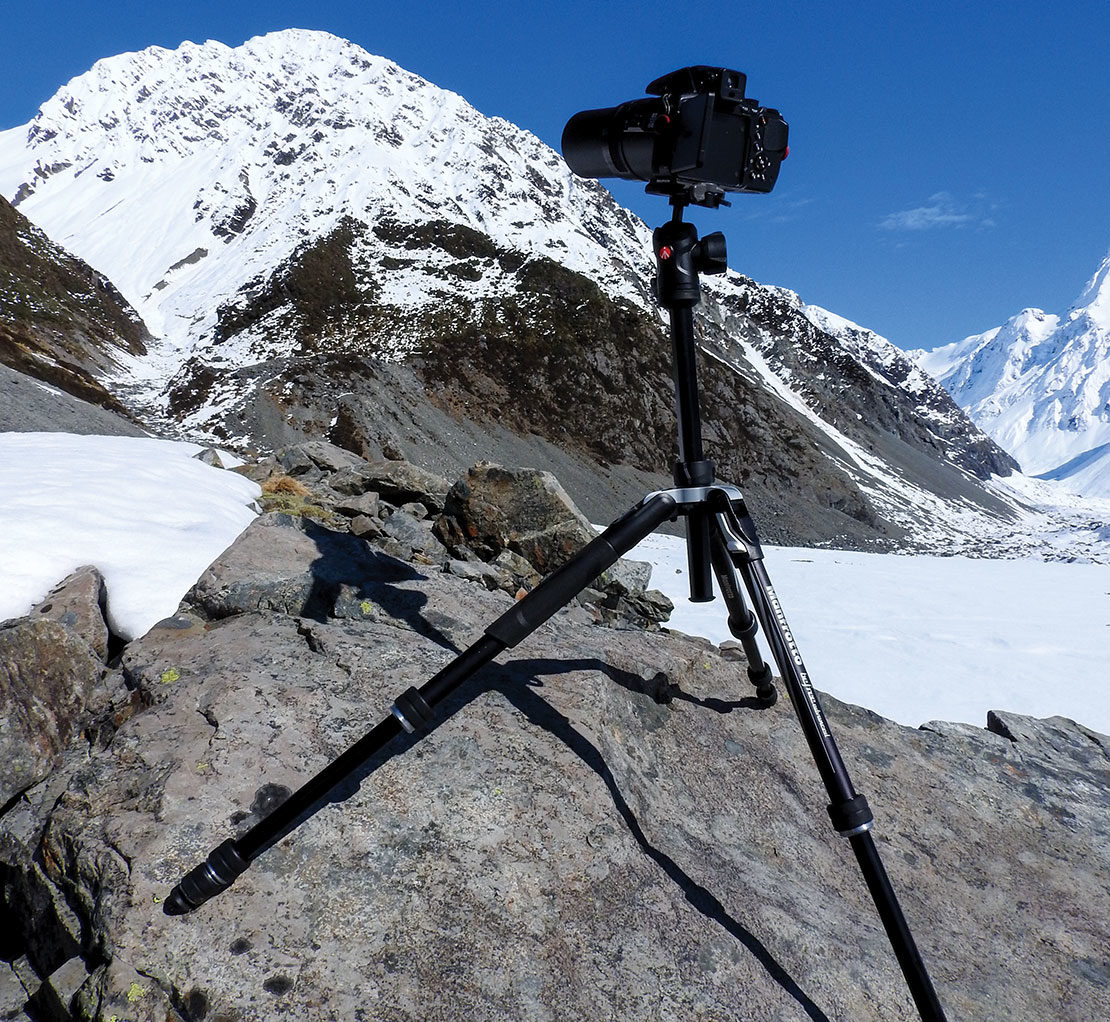
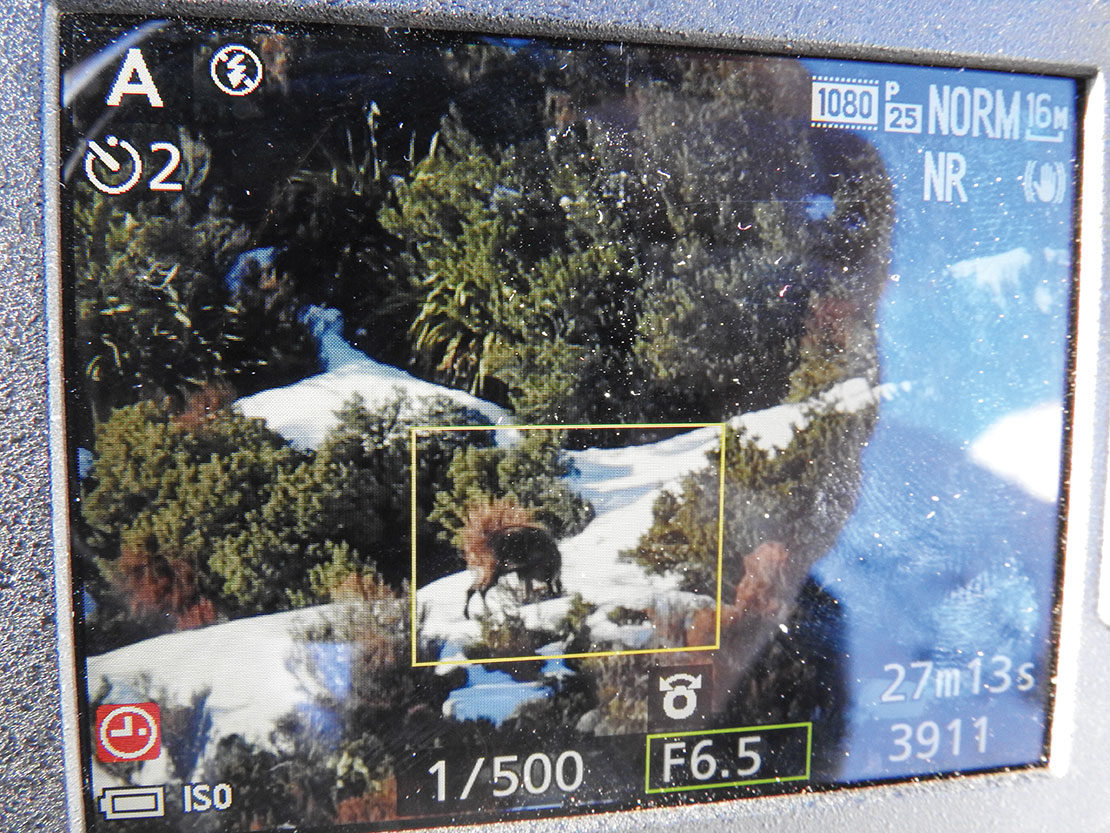
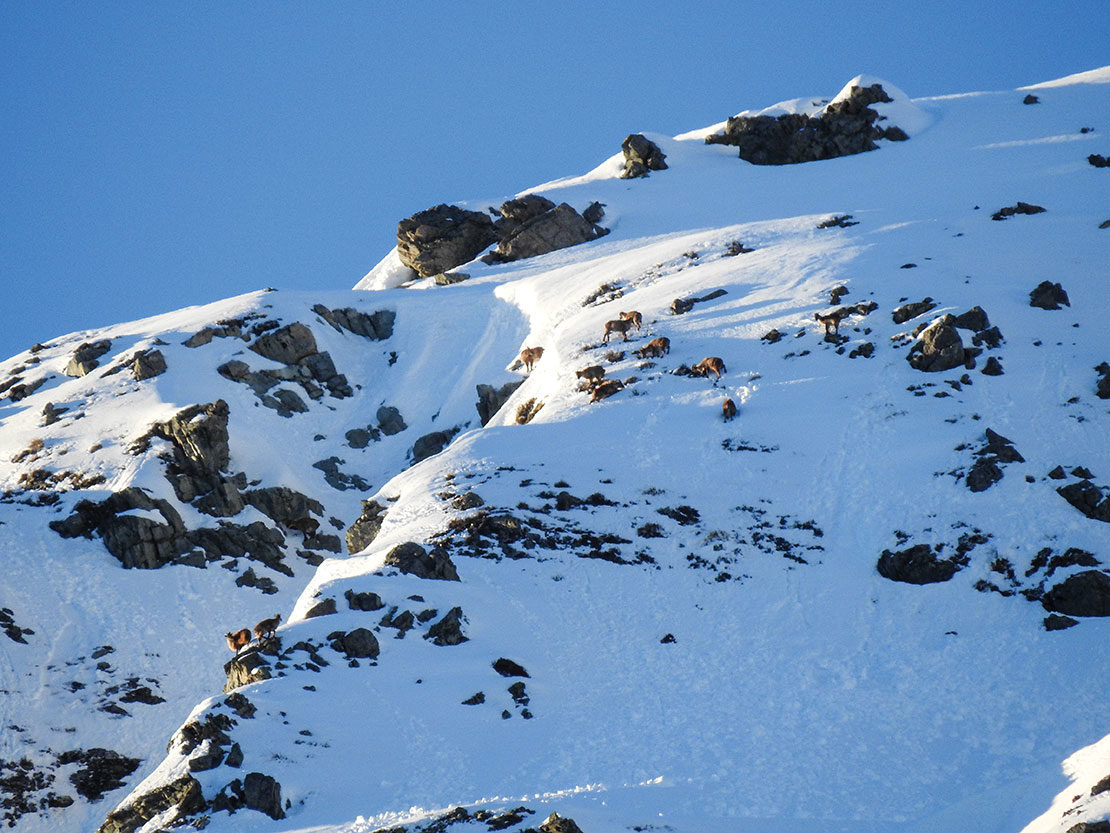
The next crucial stage in the setup of a DSLR camera is to purchase a quality ball-head tripod. Image stabilization is always going to be your biggest battle with a large optical zoom. This is due to the fact that as you zoom in, any disturbances in the camera’s stability will be amplified in magnitude, thus causing a decline in image quality. Most modern DSLR cameras have inbuilt stabilisers, however, moderate to strong winds can severely destabilize the camera and in turn affect optical focus. Hence the importance of selecting a tripod that will maximise stabilization. A solid carbon fibre tripod like the Manfrotto Befree Advanced is a perfect companion for a DSLR camera due to its weight, stability and adjustability.
TIP: choose a tripod that has a swivelling ball head. A ball head allows for far greater range of movement and ease of angle adjustment when observing game animals from above or below.
It certainly pays to set up your DSLR camera correctly, as incorrect setup will undermine the capabilities, thus reducing your ability to adequately glass and evaluate game animals from various distances.
Practical Application
When choosing to use a DSLR camera for glassing and spotting game animals, you must first understand their capabilities and limitations.
TIP: to increase your DSLR camera’s suitability for glassing and spotting at all times of the day, educate yourself around the exposure triangle (ISO, Shutter Speed & Aperture). Often, you’ll find those cunning and mature animals exposing themselves right on first and last light. Hence, if you’re uneducated around the exposure triangle, photographs and video footage will lack enough clarity to properly evaluate any game animals seen. It’s better to avoid using the automatic setting on a DSLR camera; rather, familiarize yourself with the manual shutter speed and aperture settings.
The difference in photographic quality is tremendous when the exposure triangle is programmed correctly for the given lighting conditions. Modern technology present in DSLR cameras allows for glassing and spotting opportunities right up till it’s pitch black … which, as we all know, can be the time when that dream animal comes out of the bush or bluff system and presents an opportunity.
The species of game animal being hunted as well as type of terrain can dictate the distances at which game animals are able to be glassed, spotted and evaluated. Having a high optical zoom is paramount for spotting animals at long ranges. However, therein lies a slight conundrum as to what optical magnification you should select when using a DSLR camera for spotting. Ultimately, solving this challenge comes down to a simple factor that was mentioned previously – that being the effect of moderate to strong winds on optical zoom quality. Possessing a high optical zoom of 100x or greater will produce image stabilization problems in windy conditions which is why it’s much more practical to have an optical zoom of 80x or less.
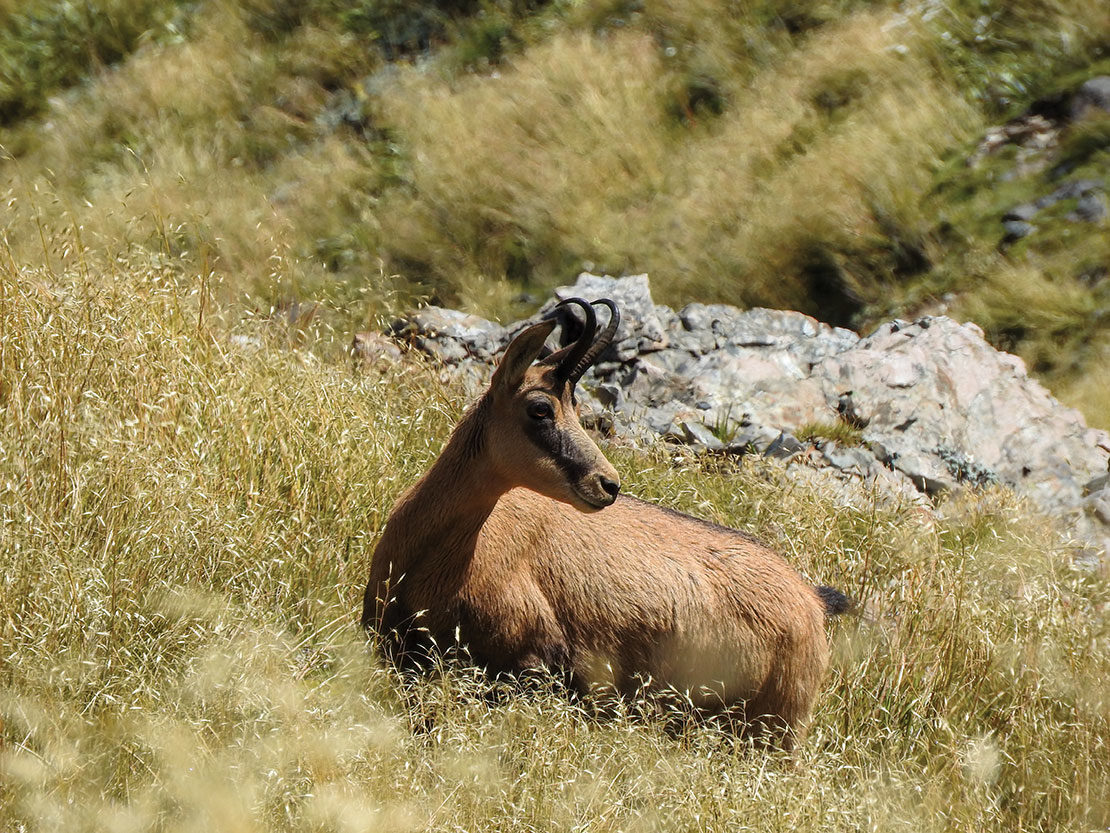
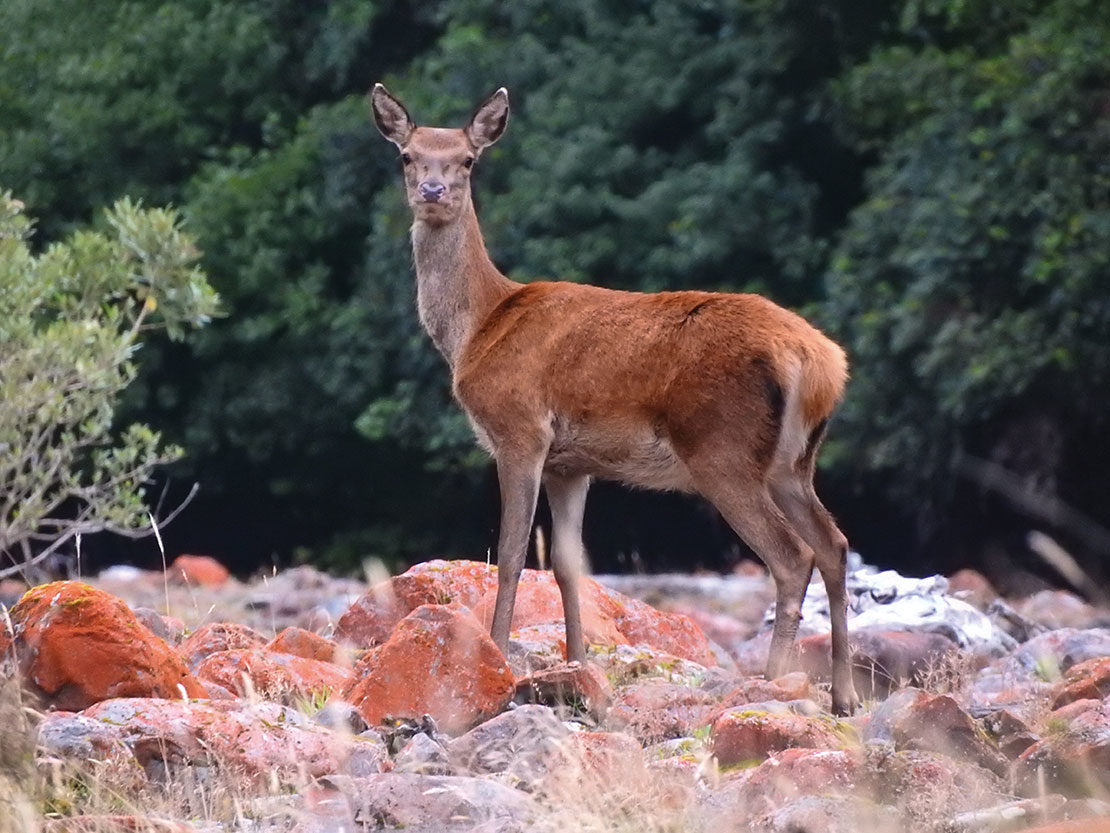
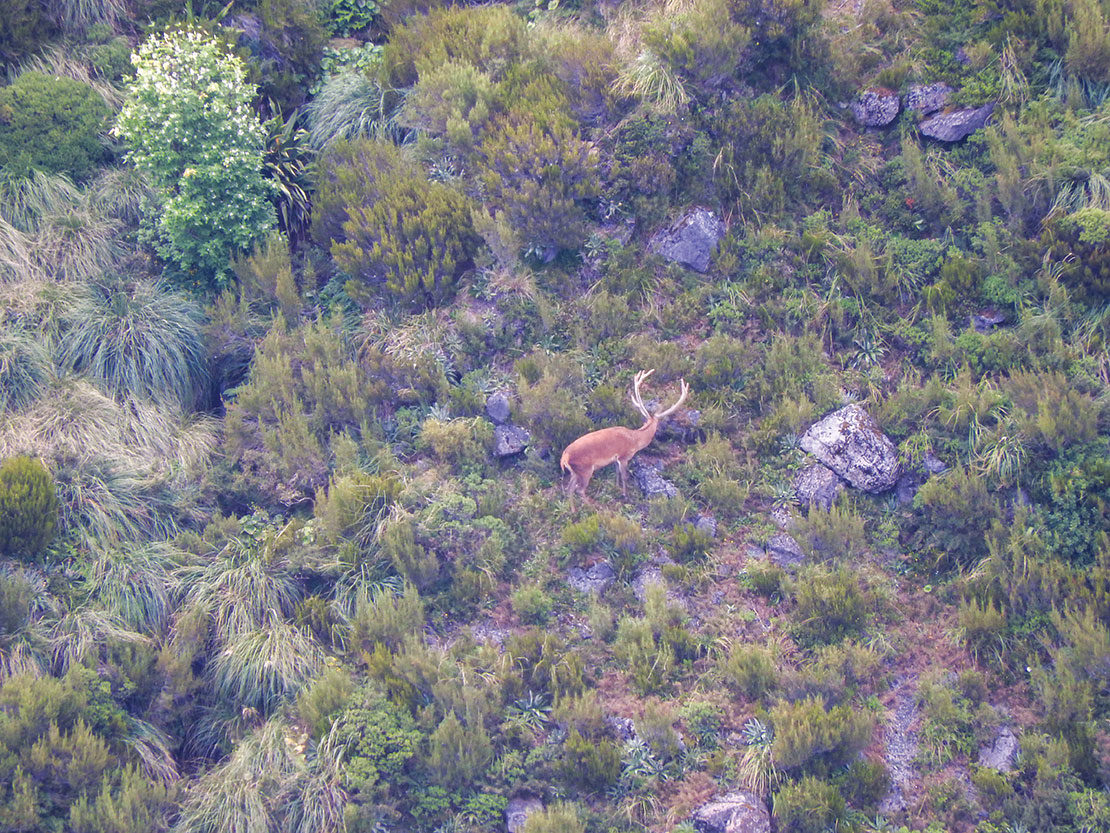
TIP: to help reduce any issues with photographic quality in relation to image stabilization, take all shots using the 2-second self-timing mode, especially when at long ranges. Similarly to trigger control, pressing the capture button has a small effect on the stabilization of the camera – removing it helps improve image quality.
Distance capabilities of DSLR cameras is another important area of discussion. Beyond 1000 yards, DSLR cameras with an optical zoom of around 80x will be able to clearly identify the species and sex of an animal but won’t be able to effectively evaluate. However, photographs taken beyond 1000 yards can be magnified using either a smartphone and/or the viewfinder on the camera. This allows a hunter to have an educated guess at the age and maturity of the animal seen. As the old saying goes, “Let the glass do the walking”, and thus save potential energy and time, especially in rugged country.
Between 1000 and 500 yards is where an SLR camera and the subsequent photos can really benefit a hunter when trying to make the call on whether to stalk or not to stalk. At these ranges, a DSLR camera operator can effectively judge the age, maturity and sex of the animal. If wind conditions are light at these ranges, image quality is adequate to pick out key physical characteristics that determine the age and maturity of an animal. For example, you’re able to ascertain the quality of a bull tahr’s mane, as well as the forequarter and hindquarter bulk of a red stag. Inside 500 yards, a DSLR camera can produce some amazing photographic opportunities and allow for meticulous evaluation of game animals spotted.
For horned animals, like the chamois and Himalayan tahr, a high level of optical detail in combination with ranges no greater than 500 yards are required for adequate evaluation of age and maturity. Possessing an optical zoom of 80x allows a hunter to count grow rings, assess horn- or ear-to-skull ratio and hook or spread of these big game animals at closer ranges – typically no greater than 300 yards.
Another huge positive for having a DSLR camera as a spotting scope is the associated photographic quality and capabilities. I’ve taken many amazing photographs of wild game at close ranges, and those shots are the real trophy for me as they capture the beauty, majesty and aura of our game animals in New Zealand.
Limitations
Unlike traditional spotting scopes, DSLR cameras are electronic devices that require batteries to run – herein lies their main limitation in terms of glassing and spotting. Lithium ion batteries are the most commonly utilized means for supporting operation of a DSLR camera. The advantages of these types of batteries are they’re lightweight, small in nature and rechargeable. A disadvantage of lithium ion batteries is they don’t respond well in cold conditions; battery life in winter and/or cold conditions can be reduced by as much as 50% – it’s not uncommon to see your battery percentage go from 80% to 30% within minutes of operation in cold and windy conditions.
TIP: always keep your DSLR camera wrapped in a layer of insulation throughout your hunting voyage; an excellent option is to place your camera into a polar fleece beanie and camera case. Insulation should be ensured at any time of non-usage to help preserve battery life.
In conclusion, the biggest limitation of using a DSLR camera for glassing and spotting game animals is the ensuing influence increased usage has on battery life. Hence, one must take either multiple batteries, USB-based battery packs or rechargeable solar panels – or a combination of these – to maximise operational time as a spotting scope.
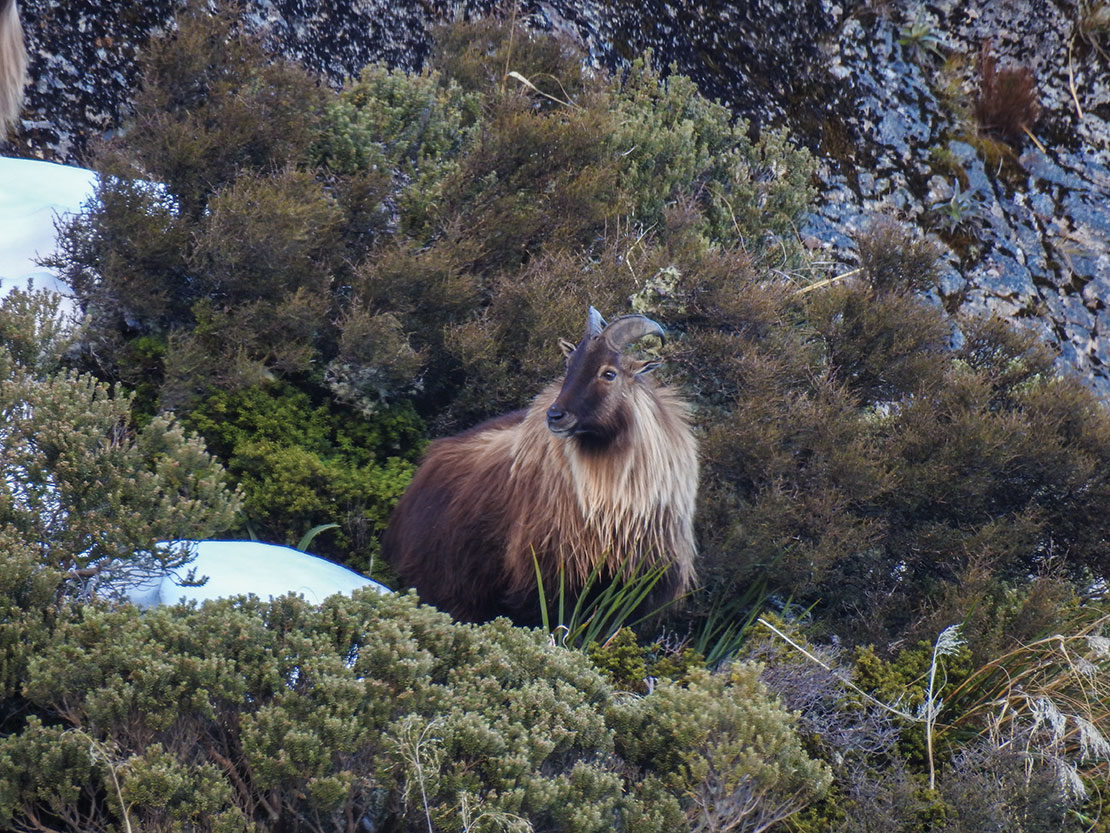
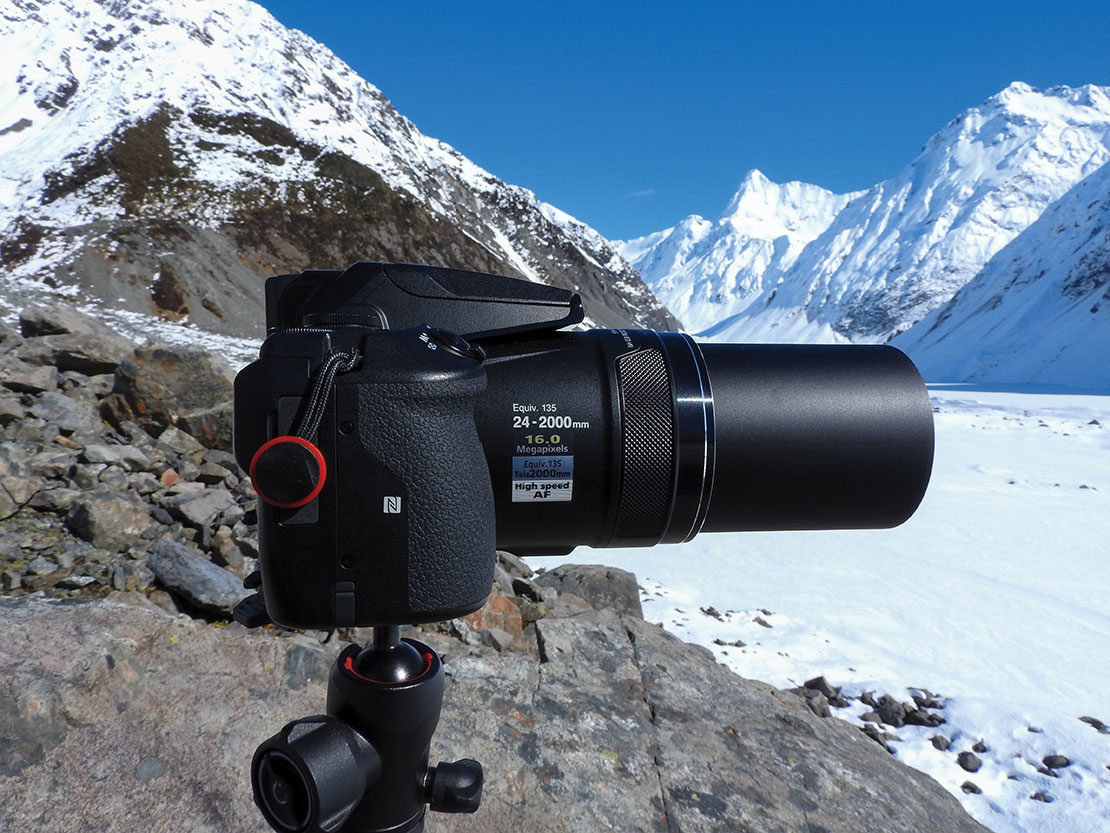
Summary
When deciding on the suitability of hunting gear for application in the field, a major factor that ultimately determines the decision is the resourcefulness of the product. A product that can offer multiple ways of usage increases its field adaptability tenfold. Having gear that is lightweight, small, adaptable and performs consistently is critical for any hunter embarking on missions in the great outdoors. Using a DSLR camera instead of a traditional spotting scope has its upsides as well as its downsides. However, making reference to the issue of resourcefulness, DSLR cameras allow a hunter to spot game animals from a variety of distances, identify characteristics with a high degree of detail, effectively evaluate trophy animals as well as capture everlasting photographic memories.
Lastly, the biggest selling point for DSLR cameras is that they’ll completely change your methodology and philosophy on hunting. The pressure of having to secure an animal on every hunt dissipates rapidly and is replaced by an increased sense of appreciation and willingness to learn more about each game animal species. Your knowledge of behavioural patterns, annual locations and herd dynamics will act as a catalyst for accelerated growth and maturation as a hunter. So much more is learned by viewing an animal through an optical device than by standing over its expired body!
NIKON P900
RRP
$999.00


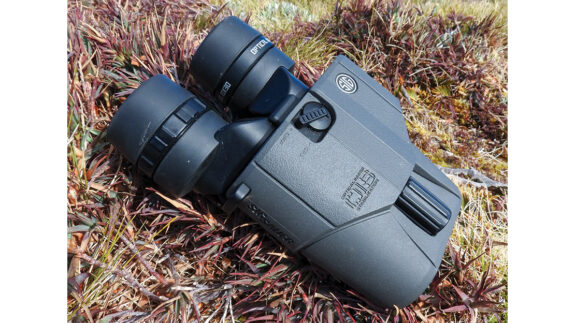
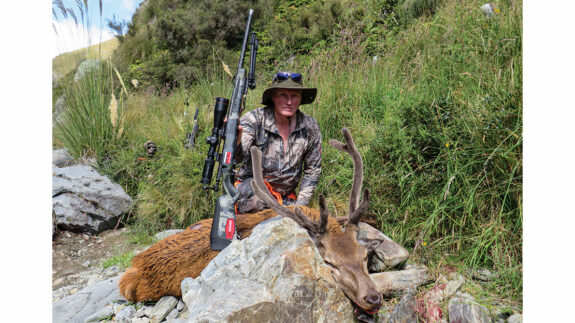

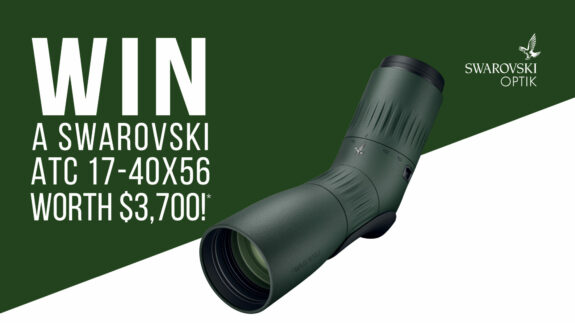
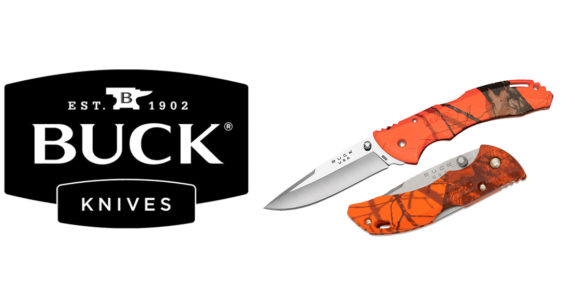
SHARE YOUR BEST PICS #NZRODANDRIFLE